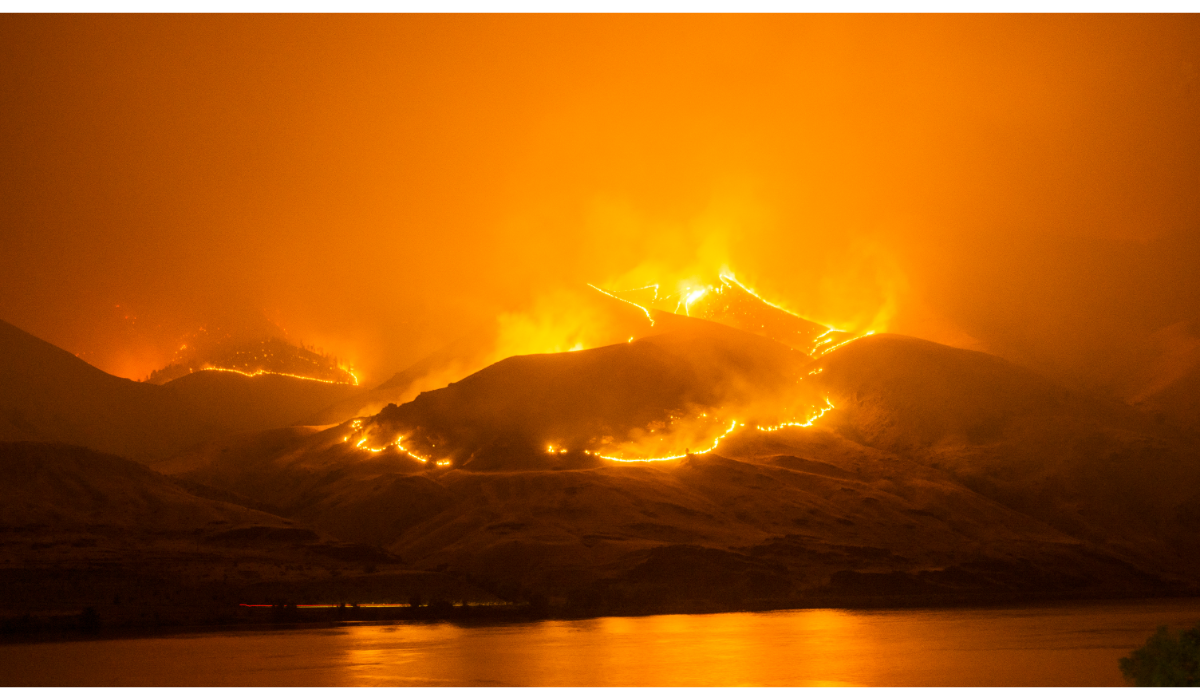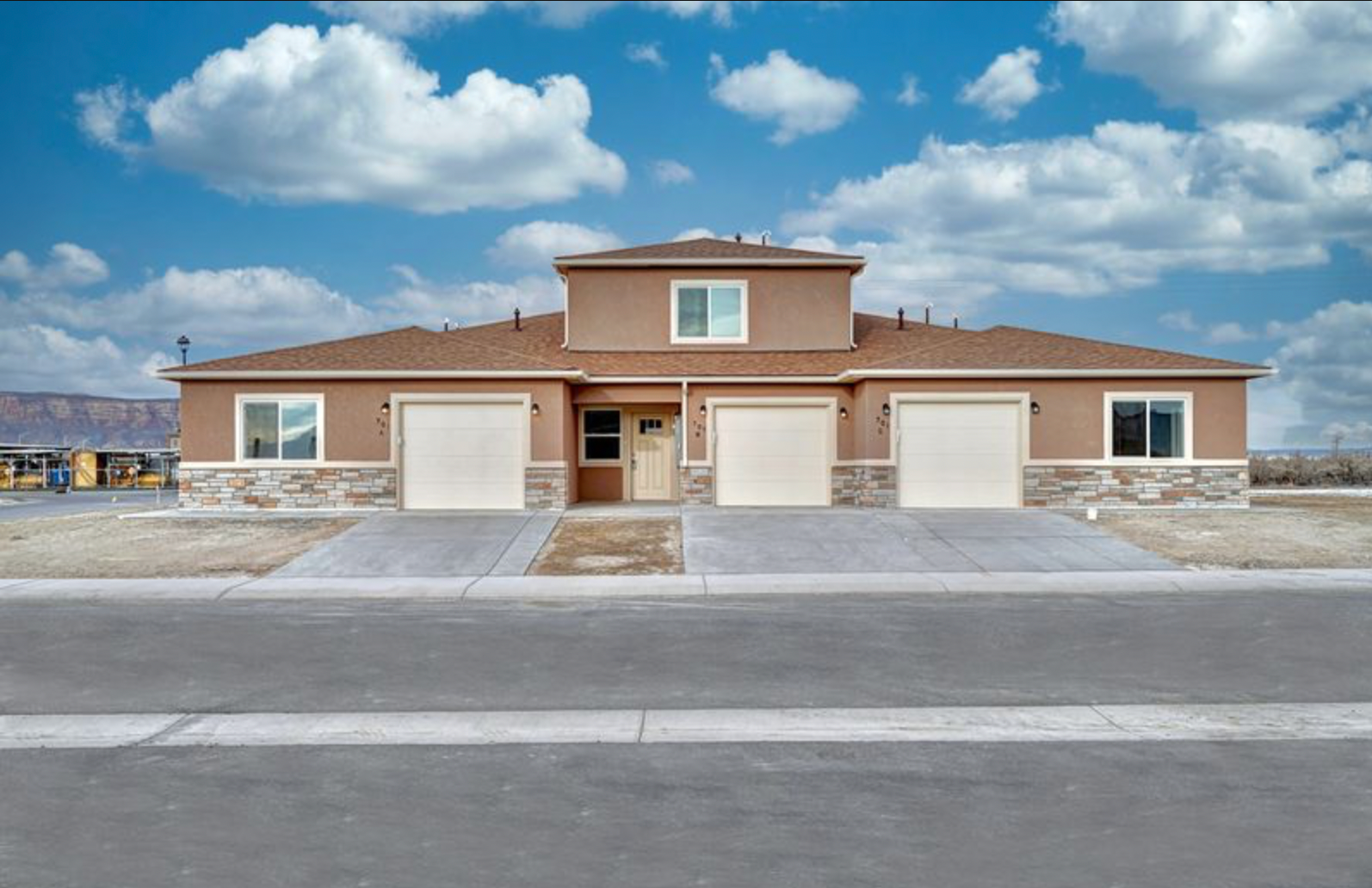Wildfires: A Growing Crisis

Wildfires on the West Coast, and particularly in the Los Angeles area, have become an increasingly common and devastating reality. These wildfires, which seem to grow in frequency and intensity each year, highlight the urgent need for a major shift in how we approach our relationship with the environment. With climate change exacerbating the problem, it’s clear that the path to a more sustainable future isn’t just a matter of environmental conservation—it’s essential to our survival.
As we witness the destructive force of these wildfires, it’s more important than ever to focus on sustainability in all facets of our lives, especially in the construction industry. At
Senergy Builders, we are boldly committed to both energy efficiency and sustainability. We are dedicated to building homes that not only stand stronger against wildfires but also minimize environmental impact. Our vision is to build for the future, reducing carbon footprints through energy efficient construction practices while integrating renewable energy systems, such as solar panels and energy storage solutions.
Wildfires in Los Angeles and Construction Practices
Los Angeles, known for its sprawling landscapes and beautiful weather, is also a city that has long grappled with the dangers of wildfires. In recent years, however, the scale and devastation of these fires have escalated, pushing many communities to the brink. We’re still watching in real time, an entire community disappearing up in flames to the likes of which we’ve never seen before. It is estimated that a total of 16,100 structures, including homes and businesses have been destroyed by the Palisades Fire and Eaton Fire, which started earlier this month.
The reasons for this alarming rise in wildfire activity are multifaceted. On one hand, climate change is contributing to drier conditions, hotter temperatures, and more volatile weather patterns. On the other hand, urban sprawl and increased construction in fire-prone areas have made it more difficult to control and contain these fires. And then, there’s the human element—poor land management practices, urban development, and inadequate building codes that fail to prioritize fire safety all compound the issue.
In the face of this
growing crisis, the need for more sustainable construction practices becomes glaringly clear. If we’re to mitigate the impact of wildfires and build resilient communities, we must rethink how we approach development and infrastructure.
The Key to Preventing Future Disasters
Sustainability is no longer a buzzword—it’s a necessity. The growing environmental crises, including wildfires, flooding, and rising temperatures, demand that we evolve the way we live and build. With these disasters getting closer and closer to home each year, it is essential that we start to adapt and minimize the impact in our communities. For us at Senergy, sustainability in construction is the answer, and it involves designing and constructing buildings that are energy-efficient, environmentally friendly, and capable of withstanding the challenges of a changing climate.
Energy efficiency is central to the conversation. The way we power our homes, offices, and public spaces must change. The construction of energy efficient buildings—through better insulation, smart windows, and
energy efficient HVAC systems—can dramatically reduce our dependence on fossil fuels and, consequently, our contribution to climate change. These buildings not only consume less energy but also produce fewer greenhouse gases, making them a critical component of a more sustainable, fire-safe future.

The Importance of Energy Efficient Construction
Energy efficient construction is a cornerstone of any sustainability movement. By investing in energy efficient buildings, we help reduce the carbon footprint of our cities and communities.
Energy efficient buildings contribute to sustainability in several ways:
Reduced Carbon Emissions
Energy efficient buildings consume less energy, which means they burn fewer fossil fuels, reducing carbon emissions and mitigating the effects of climate change. This is crucial in the fight against wildfires, as climate change is one of the primary drivers behind the intensity and frequency of these disasters.
Lower Utility Costs
By investing in energy efficient construction, homeowners and businesses can reduce their utility bills. High-efficiency appliances, lighting, insulation, and windows all contribute to lower energy usage and more affordable living and operating costs. In a world where the cost of living is on the rise, energy efficient homes offer both financial savings and peace of mind.
Enhanced Indoor Air Quality
Energy efficient buildings often come with better air filtration systems and airtight seals that can
improve the quality of indoor air. This is particularly important in areas like Los Angeles, where wildfires can result in dangerous air quality. Energy efficient homes are also better equipped to withstand the extreme temperatures associated with climate change.
Long-Term Durability
Energy efficient construction doesn’t just benefit the environment—it also results in longer-lasting, more resilient buildings. Materials that are energy-efficient tend to be more durable and better able to stand up to harsh conditions, including wildfires, extreme heat, and flooding.
With Senergy, A Sustainable Future Starts Today
The wildfires in LA serve as a painful reminder of the urgent need for change. The threats posed by climate change, including rising temperatures, more frequent wildfires, and extreme weather events, will only continue to intensify unless we take immediate action. A critical part of this action is embracing sustainability and energy efficiency in the construction industry.
This is where Senergy Builders steps in. Committed to a greener future, Senergy Builders integrates leading, eco-friendly materials and design techniques that not only enhance fire safety but also reduce energy consumption. Our homes are built with high-performance insulation, renewable energy systems like solar panels, and smart technologies that minimize carbon footprints while providing long-term energy savings. Beyond just building homes, Senergy Builders is dedicated to shaping communities that are resilient, sustainable, and better aligned with the planet’s future. Starting with our lovely community of Grand Junction, CO.
With a focus on creating energy efficient, fire-resistant structures, we help homeowners safeguard their investments while contributing to a cleaner, more sustainable world. As we face the growing challenges of climate change, it is more important now than ever, that we pave the way for construction that prioritizes both people and the planet.
You might also like



Book a Service Today
We will get back to you as soon as possible
Please try again later
SENERGY BUILDERS SPECIALIZES IN ENERGY-EFFICIENT CUSTOM HOME CONSTRUCTION SERVICES
SENERGY BUILDERS SPECIALIZES IN ENERGY-EFFICIENT CUSTOM HOME CONSTRUCTION SERVICES
SENERGY BUILDERS SPECIALIZES IN ENERGY-EFFICIENT CUSTOM HOME CONSTRUCTION SERVICES
SENERGY BUILDERS SPECIALIZES IN ENERGY-EFFICIENT CUSTOM HOME CONSTRUCTION SERVICES
Contact Details
Contact Details
Address: 1111 South 7th Street
Grand Junction, CO 81501
Address: 1111 South 7th Street
Grand Junction, CO 81501
Phone Number:
Phone Number
970.248.8500
Powered by Third Loft Marketing and Website Design

